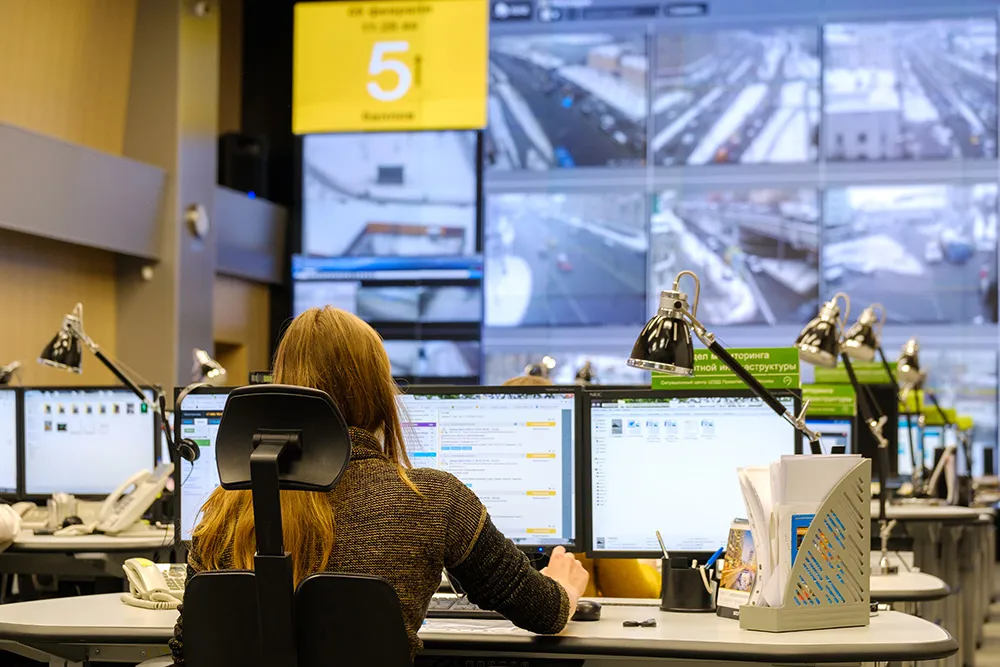
Every ITS Congress seems to introduce new systems, sensors and technologies to aid public agencies in detecting and clearing incidents on the roadway. With these new solutions arrives a new set of problems...how to monitor and maintain these new systems and devices?
RIM allows each agency to configure the TIC software to meet their specific response plan to any road incident, whether it is an accident, an issue with the roadway infrastructure, or ITS device or system.
TIC for RIM guides operators through an easy to follow step-by-step process, tailored to the specific incident type, to detect, verify, inform, respond, and clear road incidents. All data related to an incident, based on type or location, is available to the operator to reduce the time it takes to move through all steps of the incident from detection to incident clearance.
The TIC ‘Relation Window’ allows operators to access all available data, such as cameras, speed/flow information, weather, and even contact information for organisations that need to be informed or participate in the clearance of the incident.
TIC for Road Incident Management has already been deployed by the Danish Road Directorate and was very recently the topic of Gewi's North American Traffic Technology Tour which visited several public agencies in the US in September 2015.










